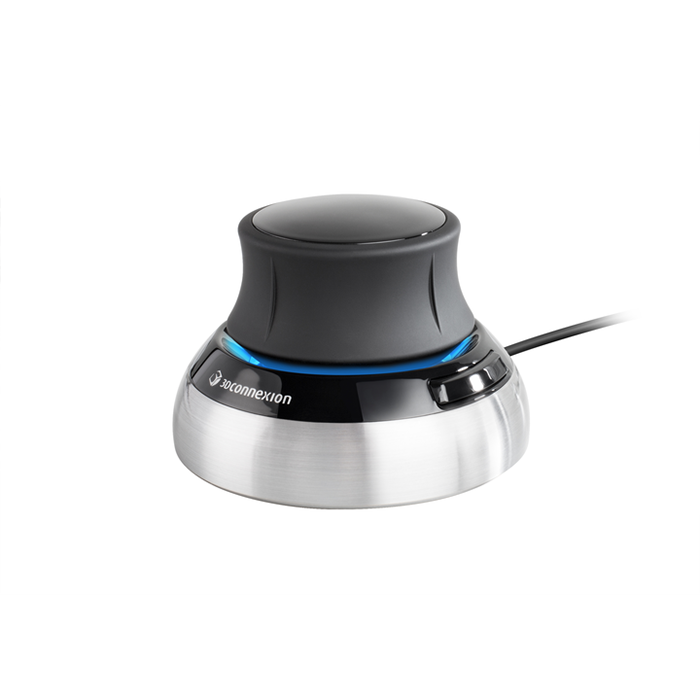Delivering solutions to fluid flow problems in an easy to use, intuitive and responsive environment for SME’s, global corporations, academia and start-ups alike.
CFD Case Studies
Thermal Management of a Pharmaceutical Warehouse
Medication needs to be stored at a specified temperature to prevent the product getting spoiled. In that regard, CFD was used to model and design an HVAC system that could regulate the temperature and humidity as required.
NSW Classrooms: Thermal Comfort & PMV
ANSYS CFD’s ability to model heat transfer meant that it could be used to determine the vent locations and sizes to obtain thermal comfort for classrooms and a library within a school in NSW.
Evacuating Leaked Chlorine Fumes for Operational Health & Safety
Transient CFD simulations were run to assess the effectiveness of the ventilation system to remove the build-up of chlorine in a plant room, within a specified regulatory time.
Vent Sizing and Temperature Control for Sydney Opera House
Before installing the new HVAC system, CFD was used to ensure that the underfloor and rear vents still maintained the desired temperature distribution in the arena, even under different seating configurations.
Tracking Formaldehyde in Laboratories
Operational Health & Safety has strict limits on the allowable build-up of toxic fumes, such as formaldehyde in laboratory settings. CFD was required to ensure the table and room vents sufficiently ventilated the room.
Thermal Management of a Warehouse
In modelling the heat transfer from the environment, CFD took into account the rotational effects of the fan, swirl of the diffusers, solar radiation on the external walls and conduction through the thickness – all in a single simulation.
Interaction Between Building Façade, Louvers & Plant Room Exhaust
Using ANSYS CFD, architects and designers were able to revise the design of the façade to prevent exhaust gas from the chillers to be redrawn into the plant room.
Positioning of Air Conditioning Units on A Rooftop
When installing rooftop equipment on a building, consideration needs to be given to the seasonal wind and orientation of the equipment; CFD was used to ensure hot exhaust from one unit wasn’t ingested into the intake of another.
Pathogen Transmission in a Hospital Ward via the HVAC System
Health officials in the state of Victoria found benefit in simulation, when CFD highlighted the propagation of a sneeze or cough within a room and its transport into adjacent rooms, not via contact touch, but via the HVAC system.
CO Tracking in Car Parks for AS1668 Compliance
Starting from 2D CAD, our CFD tool has allowed designers (with zero prior CFD knowledge) to be AS1668 certified on their car park ventilation design in less than 1 week.
Modelling Jet Fans in a Car Park for AS1668 Compliance
Our CFD tools can include the details and affect of jet fans within a car park, allowing a designer to assess the location and number required.
Thermal Management of Electronic Enclosures
Data centres, plant rooms & switch rooms, all generate a large heat load from the equipment; CFD allows a user to assess the various placements and sizes of these active cooling mechanisms.
Thermal Management of a Warehouse
Engine test rooms see a build-up of diesel fumes during regular operation; CFD was used to design an HVAC system that removed pollutants in a prescribed time.
From Diffuser Design to PMV, PPD and Thermal Comfort
Understanding the quality and trajectory of the air existing a diffuser is important to a manufacturer, as it helps them advise on how many such diffusers are required to maintain thermal comfort within a living or working space.
Rail Tunnel Thermal Stratification
The air conditioning exhausts from a stationary train within a tunnel can cause thermal stratification within the enclosed space. CFD was used to assess how hard the tunnel HVAC system has to work to evacuate these exhausts.
Sydney’s West Connex Tunnel System
Given that vehicle exhaust fumes can be vented via stacks into nearby urban areas, CFD was used to ensure the equipment was sized correctly and the pressure losses within these secondary tunnels was not outside allowable limits.
Fire and Smoke Ventilation in Tunnels
By importing fan curves directly from the supplier into CFD, zonal evacuation in a tunnel can be assessed. Furthermore, the effectiveness of the fans, based on their numbers and locations in relation to tunnel geometry can also be studied.
Fan Sizing For Mine Ventilation
Using actual terrain obtained from laser scans, CFD assessed the smoke concentrations in different parts of the tunnel, the corresponding lack of visibility and also how long it took the fans to evacuate the smoke to allowable levels.
Jet Fans in Car Parks for AS1668 Compliance
From modelling fans explicitly, to capturing the effect of the fans in-situ, our CFD software has been widely used in the ventilation industry, especially for tunnel and car park ventilation.
Propeller Design for UAV
Our CFD software was used to optimise the shape of a propeller for a given flight envelope. Using a baseline design, the software was given a set of goals and was able to achieve a blade profile that optimized lift and thrust.
Agitation and Mixing with Free Surface and Contaminants
Within a single simulation, the CFD captures multiphase fluids i.e. air and water, the free surface between them, the spread of a contaminant and the spread & mixing of the fluids via agitators.
Reducing Acoustic Signatures of Fans In Air Conditioners
Torque and thrust are important parameters in fan design, but when the product is in the consumer goods and electronics market, comfort factors such as the noise it generates, also plays an important role in design.
Fan Parameterisation and Optimisation
Starting from 2D blade profiles to obtaining full fan curves on an optimised design – how did our engineers manage to run through hundreds of design iterations in a week and converge on a fan model that achieved multiple target goals?
Full 3D Pump Analysis In A Water Treatment System
Water treatment engineers used our CFD solution to model the full details of a pump; the exiting flow field was analysed to provide flow straightening solutions for sensitive equipment downstream in the system.
Digital Twin Solutions for Pumps, Fans, Turbines
Using a Digital Twin model coupled with IoT and 3D CFD, engineers could run quick diagnostics on a pump to understand the level of erosion occurring in the field and then prevent an unscheduled shutdown of the system.

































